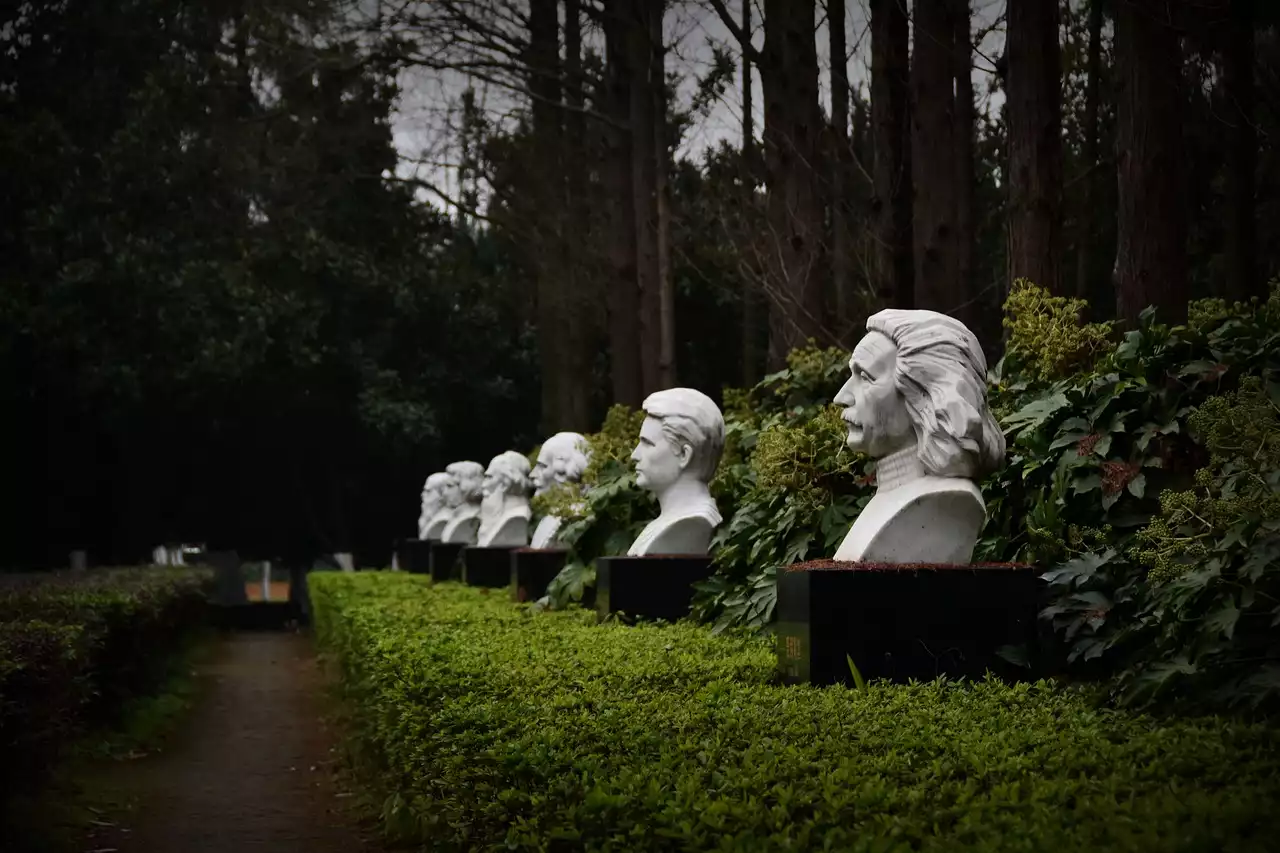Marie Curie is one of the most famous scientists of all time. Her discoveries of radium and polonium, and their uses in medical diagnosis and treatment, have saved countless lives. But despite her groundbreaking work with radioactivity, and a second Nobel Prize, Curie never found fulfillment as a scientist. In fact, she didn’t really enjoy research at all. What drove Curie to succeed as a scientist? Her passion for knowledge, solving puzzles, knowing more about the world, and discovering new things about it. She said that science was “the love of good ideas” and described her vocation as “a search for knowledge that one day might prove useful to mankind."
Marie Curie’s early years
Marie Curie was born Maria Sklodowska in Warsaw, Poland in 1867. Her father Wladyslaw was a mathematics teacher, and her mother Bronislawa was a society lady with a keen interest in the arts. Marie was the second of two daughters. When she was two years old, her sister Bronia was born. Marie was very close to her sister growing up, and the two were inseparable throughout their lives. Marie was an inquisitive child, and she loved to learn. She credited her parents with encouraging her to pursue her curiosity. They also gave her a strong sense of independence and self-reliance. Marie’s childhood was not without challenges, though. When she was 17 years old, both of her parents died suddenly. Marie, who was about to graduate from a local high school at the time, had to support her sister. She also had to make some drastic changes in her life. She put her education on hold and moved to Paris to pursue a degree in science.
Becoming a scientist is an accident
For Marie Curie, becoming a scientist was an accident. She planned to become a schoolteacher. But while she was studying at the Sorbonne in Paris, she met a scientist who offered her a research assistant position. It was a chance to earn money to support herself and her sister, so she took the job. Marie was in her mid-20s when she became a research assistant. This was in 1891, and Marie’s field of research was magnetism. But she didn’t really enjoy her work. She felt that her mentor was dominating and controlling. Marie never felt free to apply her ideas or explore her own interests. After a few years, she left the research field and became a science teacher. She liked the work, but she continued to feel like she was a square peg in a round hole.
Writing and teaching took up most of her time
Sometime in the early 1900s, Marie Curie decided to give up her teaching career. She married a famous scientist, Pierre Curie. Together, they were offered a position to write a series of textbooks about physics. The deal came with a hefty advance payment, and it gave the couple enough money to buy lab equipment and set up their own private research lab. From that point on, Marie Curie dedicated her life to research. She and Pierre often worked side by side. They also collaborated with other scientists. Marie spent years studying the properties of various minerals, especially uranium. Eventually, she discovered two new radioactive elements: radium and polonium. The elements, along with the element uranium, are all important components of modern medical equipment like X-ray machines, diagnostic scanners, and even cancer treatments.
The discovery of radium and polonium
Marie Curie’s most famous discovery is the element radium. She isolated this radioactive element from a uranium ore sample in 1898. Marie began studying the properties of radium, and she eventually discovered that it has medical applications. For example, radium can be applied externally to treat skin-related ailments, such as warts, moles, and even some types of cancers. Radium can also be applied internally as a treatment for abdominal cancers, like some types of colorectal cancers. Marie also discovered another radioactive element, polonium. Since it has a very short half-life or the amount of time it takes for half of the element to decay into other materials, researchers didn’t discover its medical applications until much later. Today, doctors use polonium to treat certain types of cancers. They inject it into a patient’s bloodstream, and it travels to the area of the body where cancer cells are growing. Once there, it decays and releases a burst of gamma rays that kill the cancer cells.
Her second Nobel Prize
Marie’s work with the radioactive elements radium and polonium earned her a Nobel Prize in physics in 1903. She shared the prize with her husband, Pierre Curie, who died a year earlier in a road accident. The Nobel Prize is a prestigious award given to individuals who have made outstanding contributions to science, literature, and world peace. Marie Curie’s second Nobel Prize was in chemistry, and it came in 1911.
Summary
Marie Curie’s discoveries of the elements radium and polonium have many applications in medical equipment. Radium, in particular, is applied externally as well as internally to treat skin-related ailments and certain types of abdominal cancers. Curie also won a Nobel Prize in chemistry in 1911. She received a second Nobel Prize for her work with radioactivity. Her discoveries have saved countless lives.


 The Invention of the Android System
The Invention of the Android System
 Exploring AI-Powered Fitness and Wellness Apps
Exploring AI-Powered Fitness and Wellness Apps 6 AI-Powered Tools for Smarter Team Communication
6 AI-Powered Tools for Smarter Team Communication Stephen Hawking, an Amazing Theoretical Physicist
Stephen Hawking, an Amazing Theoretical Physicist Nikola Tesla, a Genius Ahead of His Time
Nikola Tesla, a Genius Ahead of His Time Isaac Newton, One of the Most Influential Scientists
Isaac Newton, One of the Most Influential Scientists Albert Einstein and the Theory of Relativity
Albert Einstein and the Theory of Relativity